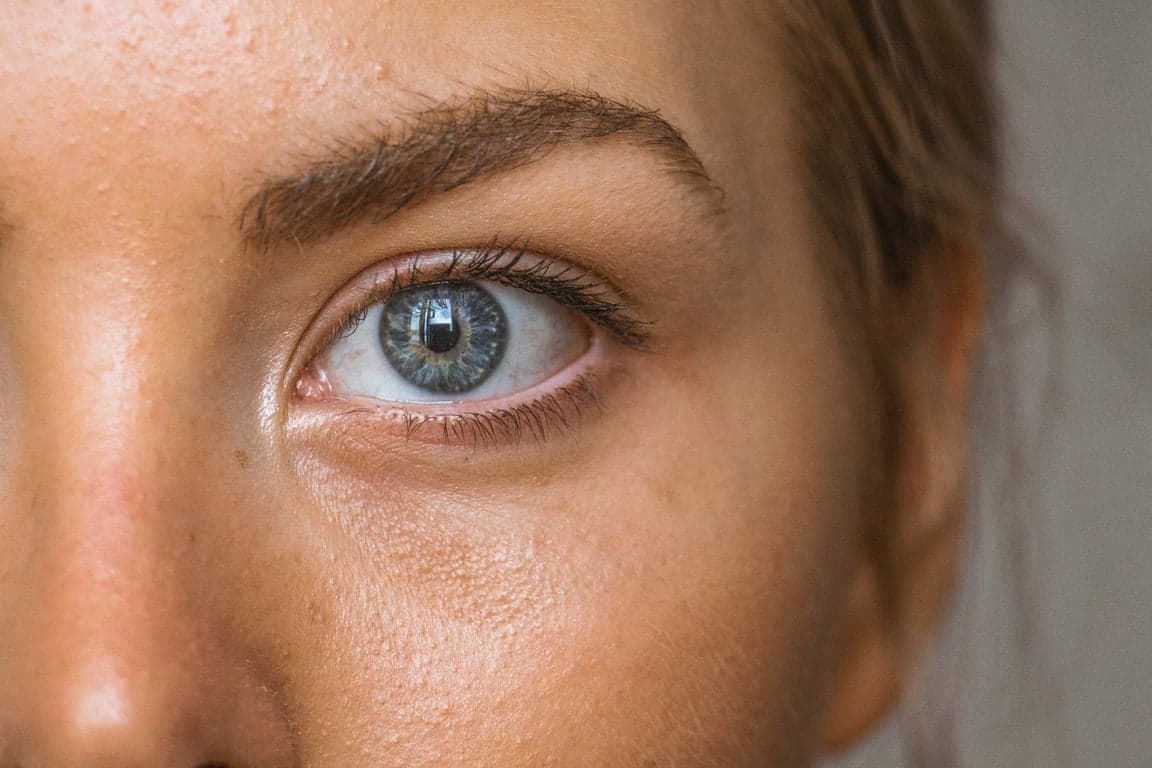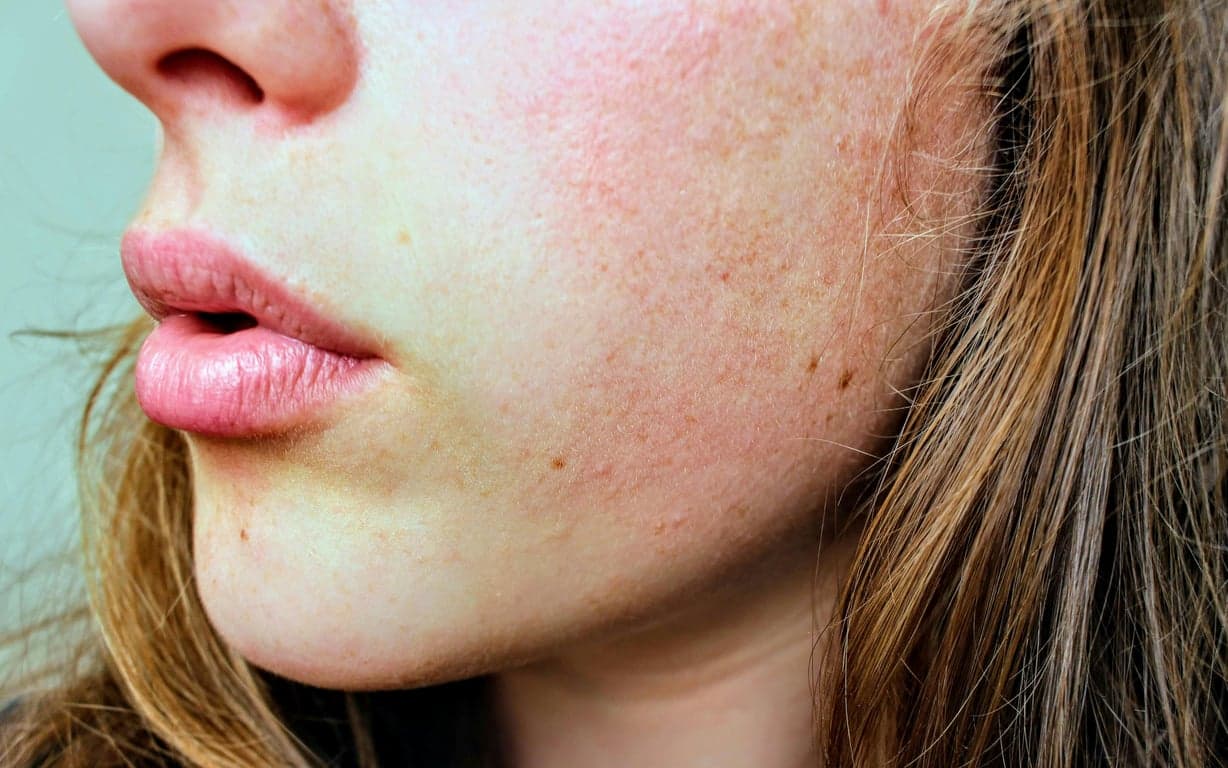
A Comprehensive Guide to Creating a Nighttime Routine for Acne-Prone Skin
When it comes to skincare, the nighttime hours are vital for skin repair and treatment. As you sleep, your skin undergoes a natural regeneration process, shedding dead cells and repairing damage from environmental stressors faced during the day. This makes nighttime the ideal opportunity to apply targeted treatments that can penetrate deeper and work effectively while your skin is in repair mode.
In this guide, we'll explore how to create an effective nighttime routine for acne-prone skin, define key terms, break down essential steps, and provide recommendations to help you achieve clearer, healthier skin.
Understanding Acne and Key Terms
Before diving into the skincare routine, it’s crucial to understand how acne forms and what some common terms mean.
How Acne Forms
Acne occurs when hair follicles become clogged with oil (sebum), dead skin cells, and bacteria. This can lead to the formation of different types of acne, including:
• Comedones: These are non-inflammatory acne lesions. Open comedones are commonly known as blackheads, while closed comedones are referred to as whiteheads.
• Inflammatory acne: This includes papules, pustules, nodules, and cysts. These are often red, swollen, and painful.
• Cystic acne: A severe form of inflammatory acne characterized by large, painful lumps under the skin.
Key Terms
• Comedogenic: Refers to substances that are known to clog pores and contribute to acne formation. Ingredients labeled as non-comedogenic are formulated to avoid this issue.
• Sebum: An oily substance produced by sebaceous glands in the skin that helps to keep it moisturized but can lead to acne when produced in excess.
Step-by-Step Nighttime Routine for Acne-Prone Skin
1. Double Cleansing
Why It’s Important: Double cleansing ensures your skin is free from makeup, SPF, and excess oil, preventing clogged pores that lead to breakouts.
How to Double Cleanse:
Step 1: Use an oil-based cleanser or micellar water to remove makeup and SPF.
Product Recommendations
• Dermalogica PreCleanse: An oil-based formulation designed to emulsify oil-based impurities. Contains borage seed oil, rich in gamma-linolenic acid (GLA), which has been shown to have anti-inflammatory properties and support skin barrier function. Apricot kernel oil, high in oleic and linoleic acids, provides nourishment and helps maintain skin elasticity. Its gentle yet effective cleansing action can help balance sebum production in acne-prone skin through the principle of "like dissolves like".
• Bioderma Sébium H2O Micellar Water: Specifically formulated for oily and acne-prone skin types. Contains micelles, which are spherical aggregates of surfactant molecules that effectively capture and remove impurities without disrupting the skin's natural barrier. Zinc gluconate has been clinically shown to reduce sebum production and possess anti-inflammatory properties beneficial for acne-prone skin. Copper sulfate exhibits antimicrobial effects, potentially helping to control acne-causing bacteria..
Step 2: Follow up with a water-based cleanser suited for acne-prone skin, such as Paula's Choice 2% BHA Liquid Exfoliant, which contains 2% salicylic acid to help exfoliate and clear pores. Salicylic acid, a beta-hydroxy acid (BHA), is lipophilic, allowing it to penetrate pores and exfoliate from within. Clinical studies have demonstrated its effectiveness in reducing acne lesions and improving overall skin texture.
2. Treatment Serums
The Power of Active Ingredients: After cleansing, applying a treatment serum is crucial for targeting acne. Here are some effective ingredients to look for:
• Salicylic Acid: A beta-hydroxy acid (BHA) known for its ability to penetrate deep into the pores. It works by dissolving debris, such as dead skin cells and excess oil, which can lead to clogged pores and acne. Salicylic acid also has anti-inflammatory properties that help reduce redness and swelling associated with breakouts.
A great option is COSRX BHA Blackhead Power Liquid, which contains a gentle concentration of salicylic acid to help clear blackheads and prevent new blemishes.
• Benzoyl Peroxide:an effective antibacterial agent that targets the bacteria responsible for acne, specifically Propionibacterium acnes. By killing these bacteria, benzoyl peroxide helps reduce the number of acne lesions. Additionally, it helps to unclog pores by removing dead skin cells.
Product recommendation: La Roche-Posay Effaclar Duo Dual Action Acne Spot Treatment Cream, featuring micronized benzoyl peroxide for better absorption and less irritation.
• Retinoids: These are derivatives of vitamin A that promote cell turnover and prevent clogged pores by encouraging the shedding of dead skin cells. Retinoids can significantly reduce both inflammatory (red) and non-inflammatory (white) acne lesions.
Consider starting with a gentle retinoid option like Paula's Choice 0.3% Retinol + 2% Bakuchiol Treatment.This product combines retinol with bakuchiol, a plant-based alternative that offers similar benefits with potentially less irritation
• Niacinamide: A form of vitamin B3 that helps regulate oil production in the skin and minimizes the appearance of enlarged pores. It has anti-inflammatory properties that can soothe irritated skin and improve overall skin texture.
The Ordinary Niacinamide 10% + Zinc 1% serum is an excellent option, as it combines niacinamide with zinc to further help control oiliness and reduce acne.
3. Moisturizer
Why Moisturizing is Essential: Even oily and acne-prone skin needs hydration. A lightweight, non-comedogenic moisturizer will help maintain your skin barrier.
Look for gel-based moisturizers like Neutrogena Hydro Boost Water Gel. This product contains hyaluronic acid, a powerful humectant that can attract and retain moisture in the skin. By holding up to 1,000 times its weight in water, it provides long-lasting hydration without a heavy feel. The gel texture is particularly beneficial for acne-prone skin, as it hydrates without clogging pores. Additionally, this moisturizer is oil-free and non-comedogenic (meaning it does not clog pores), making it an excellent choice for those looking to keep their skin hydrated while minimizing the risk of breakouts.
4. Spot Treatments
If you have active breakouts, applying a targeted spot treatment can help reduce inflammation and speed up healing. Products with salicylic acid or benzoyl peroxide work effectively when applied directly to blemishes.
La Roche-Posay Effaclar Duo Dual Action Acne Spot Treatment is an excellent choice. This product combines micronized benzoyl peroxide, which effectively kills the bacteria that cause acne, with Lipo-Hydroxy Acid (LHA), a derivative of salicylic acid that gently exfoliates the skin. This dual-action formula not only helps clear existing blemishes but also prevents future breakouts by unclogging pores. Its lightweight, oil-free formulation is suitable for sensitive skin, making it a great option for anyone looking to treat active acne without causing irritation. Many users report seeing noticeable improvements in their skin within just a few days of use.
Tips for Introducing Active Ingredients
1. Start Slowly: If you’re new to active ingredients, introduce one product at a time. This will help your skin adjust and reduce the risk of irritation.
2. Patch Testing: Always conduct a patch test before applying a new product to your entire face to check for any adverse reactions.
3. Frequency: Use active ingredients sparingly at first (1-2 times per week) and gradually increase frequency as your skin builds tolerance.
FAQs
Can using multiple treatments cause more breakouts?
Yes, using too many active ingredients simultaneously can overwhelm the skin, leading to irritation and potential breakouts. Stick to a simplified routine, especially when introducing new products.
How do sleep and diet affect acne?
Adequate sleep is essential for skin health, as it allows your body to repair itself. Lack of sleep can increase stress hormones, leading to breakouts. A balanced diet rich in essential fatty acids, antioxidants, and vitamins can also contribute to healthier skin. Foods like salmon, nuts, leafy greens, and berries are particularly beneficial.
Is it necessary to use SPF during the day?
Absolutely! Even if you have acne-prone skin, wearing a broad-spectrum SPF is crucial to protect against UV damage and prevent post-inflammatory hyperpigmentation.
How often should I change my pillowcase to prevent acne?Changing your pillowcase at least once a week is recommended. Pillowcases can accumulate oil, bacteria, and dead skin cells, which may contribute to breakouts. Using a clean pillowcase helps minimize these factors.
Can certain fabrics in sleepwear affect acne-prone skin?Yes, fabrics that trap heat and moisture, like polyester, can exacerbate acne by promoting bacterial growth. Opt for breathable materials like cotton or silk to help keep your skin clear.
Is it okay to use retinoids every night, or should I alternate?Many people can use retinoids nightly, but if you have sensitive skin or are new to retinoids, start with every other night to allow your skin to adjust. Gradually increase usage as tolerated.
How can I prevent "maskne" (acne caused by wearing face masks) in my nighttime routine?To combat maskne, ensure you cleanse your face thoroughly after wearing a mask and consider using non-comedogenic moisturizers and spot treatments at night to address any emerging breakouts.
Should I avoid certain foods before bed to prevent breakouts?While individual reactions vary, it's wise to limit sugary and high-glycemic foods before bed, as they can spike insulin levels and potentially trigger acne. Focus on a balanced diet with whole foods.
Can using a humidifier at night help with acne-prone skin?Yes, using a humidifier can add moisture to the air, which may help prevent dryness and irritation that can worsen acne. This is especially beneficial in dry climates or during winter months.
Is it beneficial to elevate my head while sleeping for acne-prone skin?Elevating your head while sleeping can help reduce fluid retention and minimize the likelihood of waking up with puffiness or breakouts around the jawline and chin area.
How soon before bed should I complete my skincare routine?Aim to finish your skincare routine at least 30 minutes before bedtime. This allows products to absorb properly and reduces the chance of transferring them onto your pillow.
Can using silk or satin pillowcases help reduce acne?Silk or satin pillowcases can be gentler on the skin compared to cotton, reducing friction and irritation that may contribute to breakouts. They are also less absorbent than cotton, helping maintain moisture levels in your skin.
Should I adjust my nighttime skincare routine during my menstrual cycle?Yes, hormonal fluctuations during your menstrual cycle can lead to increased oil production and breakouts. Consider incorporating additional targeted treatments during this time for better management.
Conclusion
Creating a nighttime skincare routine for acne-prone skin doesn’t have to be complicated. By implementing a structured regimen that includes double cleansing, targeted treatments, and adequate hydration, you can significantly improve your skin's condition. Remember, consistency is key, and taking baby steps toward integrating active ingredients will yield the best results over time. Stay patient, and give your skin the care it deserves!



